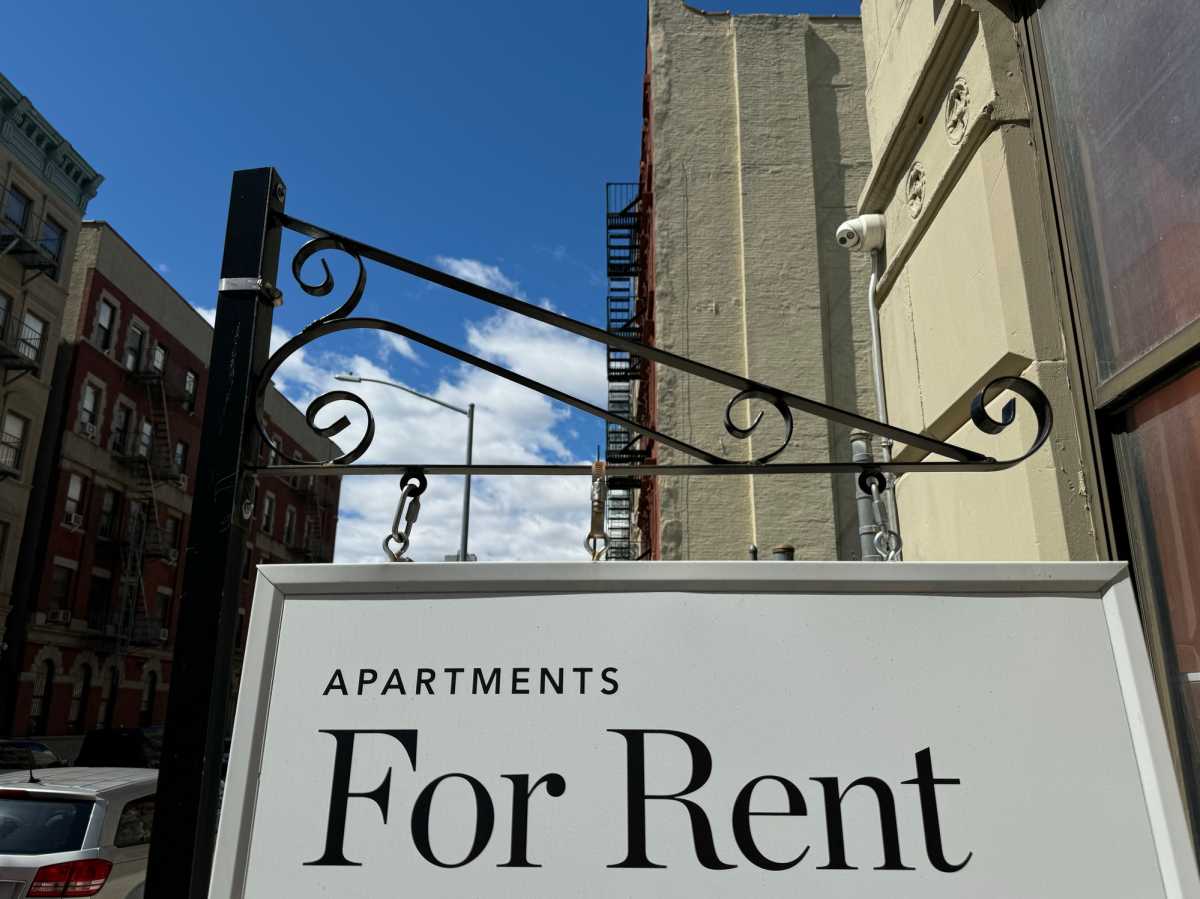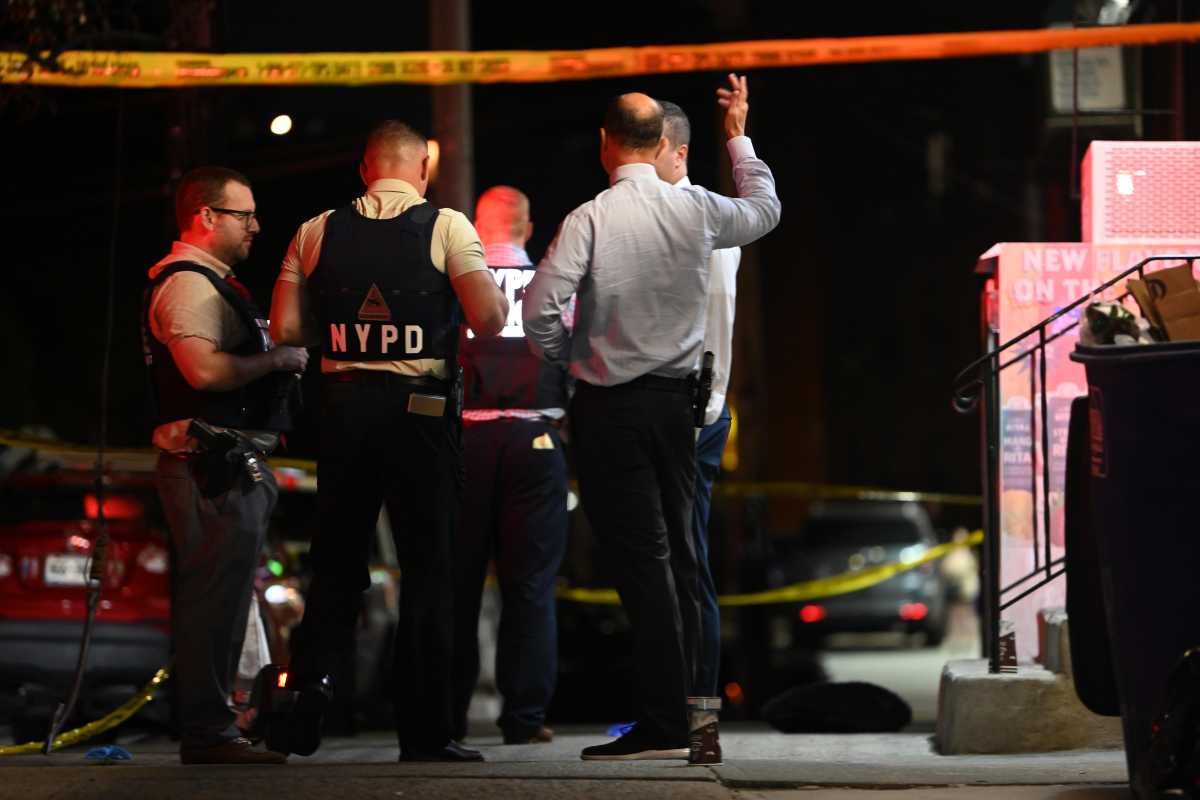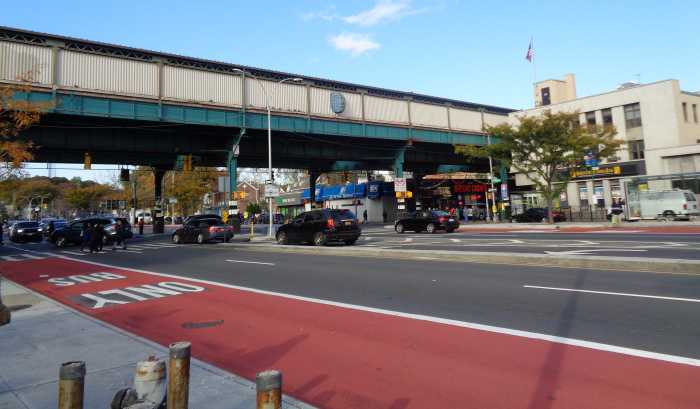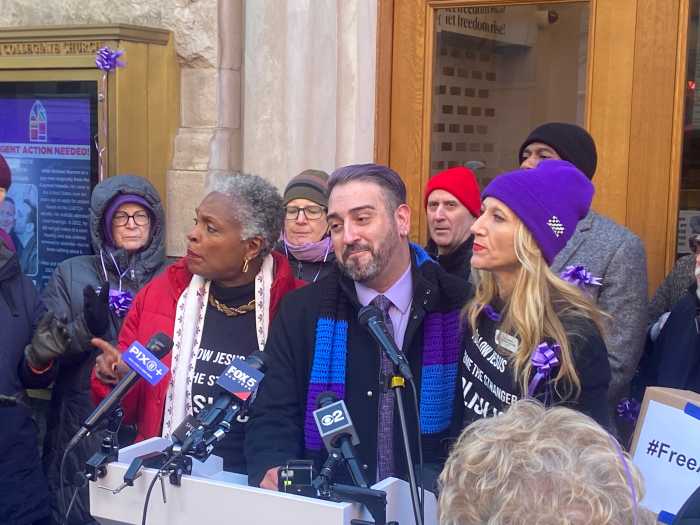New York City is in a full-blown emergency. With more than 130,000 New Yorkers experiencing homelessness around the city, our officials have yet to lead real change.
Despite historic inflation and the lowest vacancy rate on record, the current administration is proposing to hike rent for formerly homeless CityFHEPS tenants.
With a little over two weeks left till the Democratic mayoral primary, we’re still seeing some leaders fail to understand the complexities of our housing crisis. In fact, candidates are joining hands with council members to block a new shelter, as though it’s a logical solution for a city with only 650 shelters, already exceeding capacity limits. We’re in no position to pick sides between safe, dignified shelters and affordable housing.
New Yorkers urgently need compassionate and effective leadership. The Mayor’s race is an opportunity to show what that looks like, and we need more candidates to heed the call.
Make no mistake: the housing crisis is not an exaggeration. On any given night, more than 110,000 adults and children sleep in New York City shelters. Rents have exploded to all-time highs while wages lag behind.
Nearly 3 million New York households — almost 40% — are paying over 30% of their income on housing. And one in five households now spends more than half of their income just to keep a roof overhead, despite the fact that research shows homelessness begins to surge as soon as housing costs reach 32% of household income.
But homelessness isn’t inevitable; it’s a policy choice. For too long, New York’s leaders have treated shelters, vouchers, and permanent housing as competing priorities rather than interconnected tools. The result? Record homelessness, overcrowded shelters, and families sleeping on streets or in subway cars.
New mixed-use developments that combine affordable and supportive housing are far and few in between. And, to add insult to eviction, Mayor Eric Adams swiftly endorsed the city’s Rent Guidelines Board proposal to raise rents again — by up to 5.25% for one-year leases and as much as 7.5% for two-year leases in rent-stabilized apartments.
In the face of soaring inflation, last month’s revote to slightly reduce the proposed increases doesn’t offer meaningful relief.
At a time like this, it’s unfathomable that our city’s answer is to continue raising the rent. Every rent hike, every eviction notice, pushes another family to the brink — these are active choices to deepen displacement for the millions of New Yorkers already teetering on the edge. When longtime residents are priced out of their neighborhoods, we lose not just people, but the culture and character of our city. Electeds can’t continue to advocate for “affordable housing” while actively advancing policies that threaten residents’ stability.
The next mayor must break from this failed playbook and embrace solutions that meet the scale of the emergency. That means expanding and protecting rental assistance programs like CityFHEPS, which helped over tens-of-thousands of formerly homeless households find housing just last year. It means accelerating supportive and deeply affordable housing with wraparound services that keep families safe and off the streets, rather than bowing to NIMBY sentiment and delaying lifesaving projects. It means preserving existing affordable housing by strengthening rent stabilization as a buffer against rising inflation. And it means investing in shelters as a bridge to permanence.
New York needs an all-of-the-above approach.
The question isn’t whether New York can end homelessness. It’s whether our next mayor will take the right steps to make this vision a reality. Housing is a right and it’s time our city’s leaders treated it like one.
Rhonda Jackson is a lived experience community engagement consultant and Senior Fellow with the Family Homeless Coalition.
Deputy Council Speaker Diana Ayala serves District 8, covering parts of East Harlem and the South Bronx. She is a lifelong public advocate with lived experience navigating shelter and public housing.






































